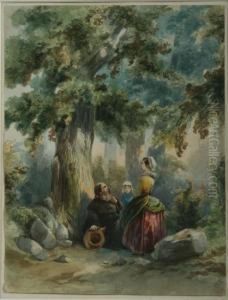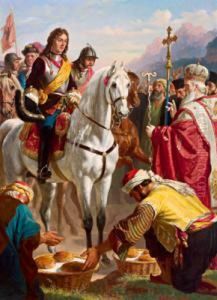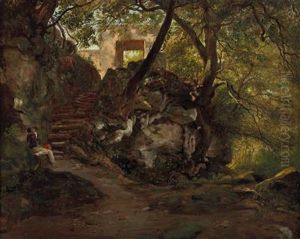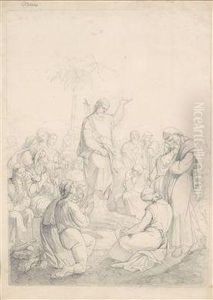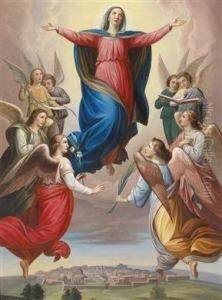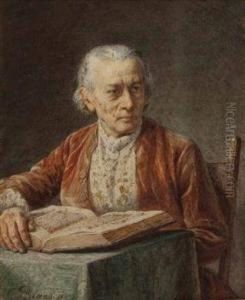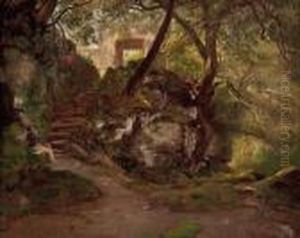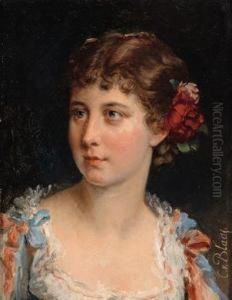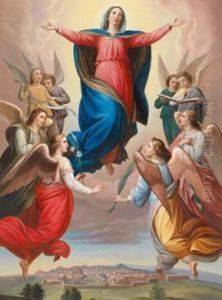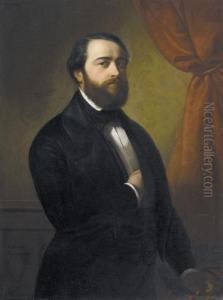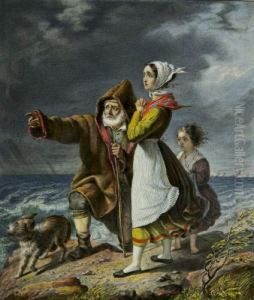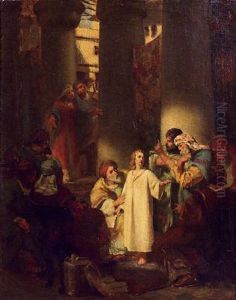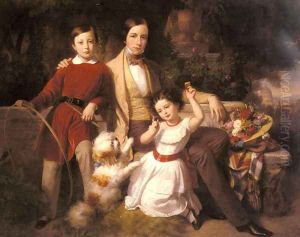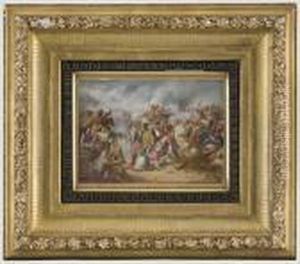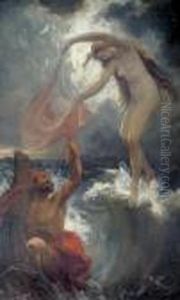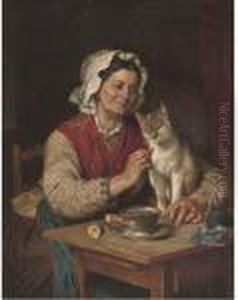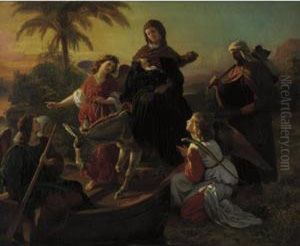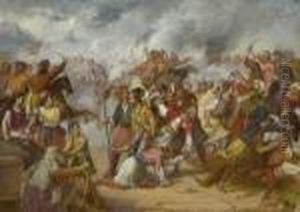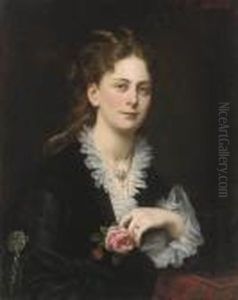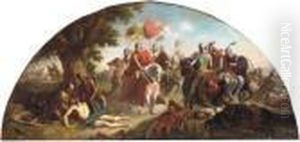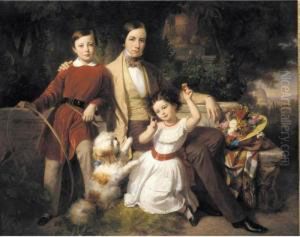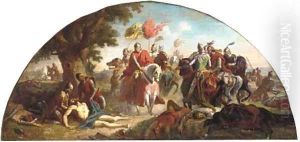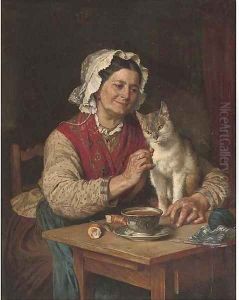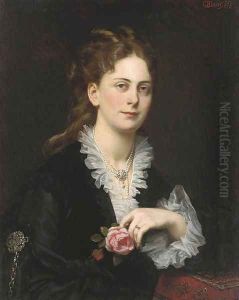Carl Von Blaas Paintings
Carl von Blaas was an esteemed Austrian painter known for his historical and genre paintings. Born on April 28, 1815, in Nauders, a small town in Austria, he was part of a family with a rich artistic heritage. His father, Johann von Blaas, was also a painter, which gave young Carl an early exposure to the world of art. Carl demonstrated exceptional talent from a young age and went on to receive formal training in art.
He studied at the Academy of Fine Arts Vienna, where he honed his technique and developed a style that was characterized by its attention to detail and historical accuracy. Von Blaas’s works often depicted scenes from history with a focus on the grandeur and drama of the past. His paintings were also known for their vibrant color palette and dynamic compositions, which helped him to differentiate his work from his contemporaries.
During his career, Carl von Blaas achieved significant recognition and was commissioned to create large-scale works for important institutions. One of his most notable assignments was to paint frescoes in the Arsenal of Vienna, which are still admired for their technical proficiency and artistic quality.
In addition to historical scenes, von Blaas also painted religious subjects, portraits, and genre scenes that captured everyday life with a sense of immediacy and realism. His ability to render textures, fabric, and expressions made his works particularly lifelike and engaging.
Carl von Blaas was also an influential teacher. He taught at the Academy of Fine Arts Vienna, where he influenced a generation of Austrian artists. His legacy includes not only his vast body of work but also the impact he had on his students and the art community.
Von Blaas’s contributions to art were recognized with numerous awards and honors during his lifetime. He was appointed a professor at the Academy and became a member of several prestigious art societies in Europe.
He lived a productive life, both as an artist and a teacher, until his death on March 17, 1894, in Vienna. Today, Carl von Blaas’s paintings can be found in museums, galleries, and private collections around the world, and he is remembered as a vital figure in the pantheon of Austrian art history.
